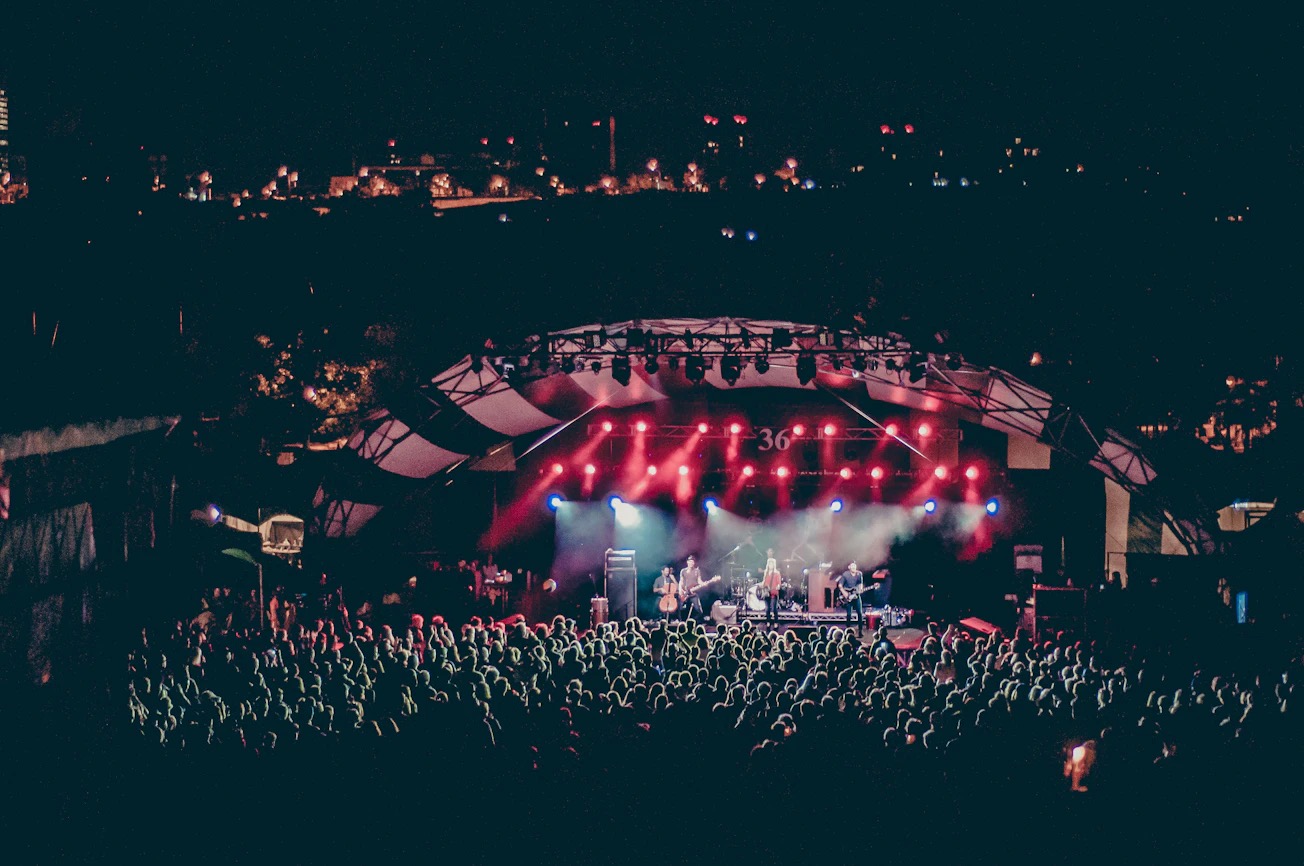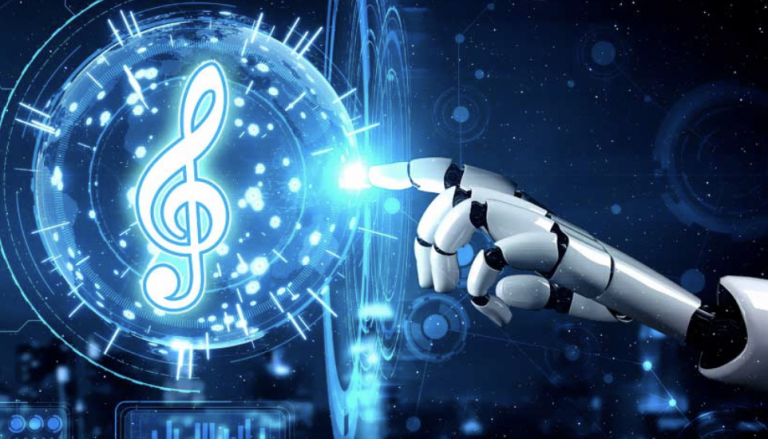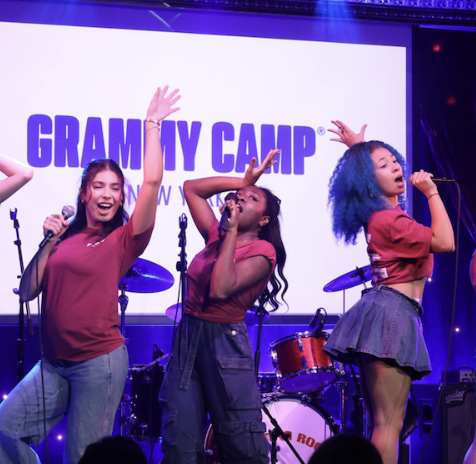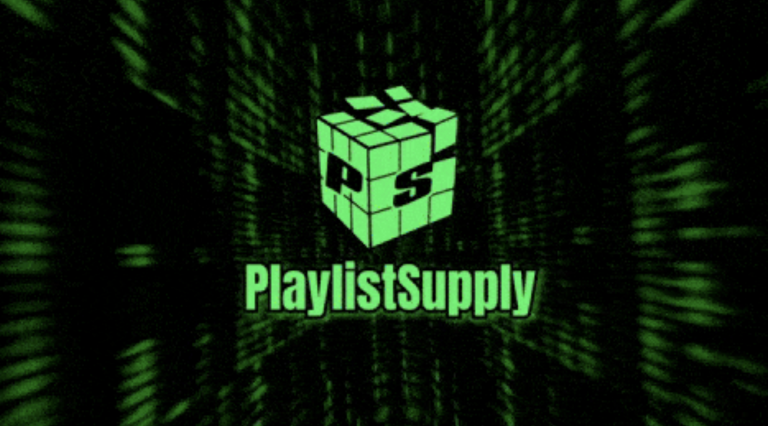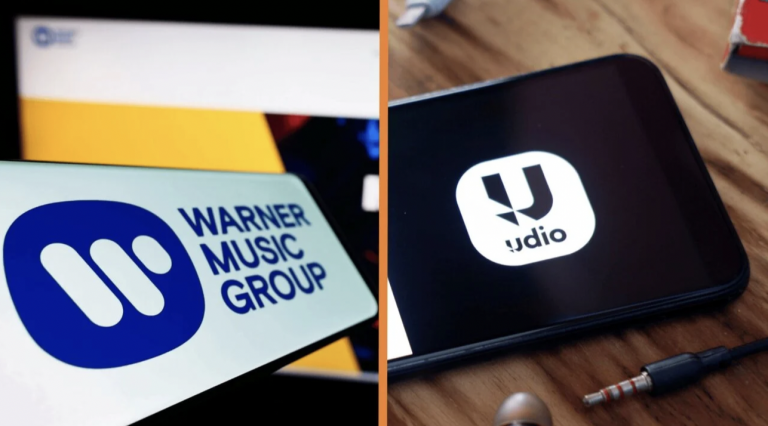Artificial intelligence has brought a revolutionary shift to music creation. Today, anyone with an internet connection can generate a fully composed track in seconds using AI platforms like Suno AI. Digital audio workstations (DAWs) have been experimenting with AI for years—Logic Pro introduced Digital Drummer in 2013, a virtual session player capable of performing in a variety of styles—but modern AI tools take this to a new level, producing complete songs from simple prompts. While these tools offer speed and accessibility, they cannot replicate the emotional connection of a live performance.
The rise of fully digital artists demonstrates both the promise and the limits of AI. FN Meka, for example, became the first AI-generated musician signed to a major label, amassing millions of followers and billions of views before being canceled due to controversial content. Similarly, the digital persona Noonoouri has gained thousands of followers and Spotify listeners, blending fashion, music, and AI-driven personality. Despite these innovations, the human element remains crucial. Artists like Noah Kahan, Teddy Swims, and Benson Boone dominate charts with their storytelling, authentic vocals, and guitar-driven sound—emphasizing vulnerability and relatability that AI struggles to replicate.
Legal and ethical challenges also highlight the tension between AI and traditional music. Major labels, including Sony Music, Universal, and Warner, have filed claims against AI startups like Suno and Udio for copyright infringement, arguing that AI models are trained on protected material. This reflects the need for a framework that respects creative ownership while allowing technology to enhance the artistic process.
The booming live music sector underscores why fans still crave human performance. With live events growing 25% annually and festivals drawing hundreds of thousands of attendees, audiences, particularly Gen Z and Millennials, are prioritizing shared, emotional experiences. Taylor Swift’s recent UK tour generated over £1 billion, demonstrating the economic and cultural power of live storytelling and personal connection—something AI simply cannot reproduce.
AI’s role should be complementary rather than replacement. From synchronized lighting and venue-specific sound mapping to apps like Soundful that inspire and support artists, technology can elevate the live experience and creative process. Yet it should never attempt to replace the emotional depth, storytelling, and authenticity that make music a human art form. Live performance, with its raw energy and connection, remains irreplaceable—AI can enhance it, but it cannot replace the magic.
